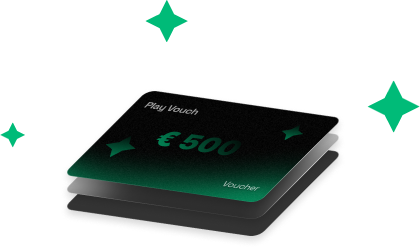Blog
May video gamers soon be paid more than top pro athletes?

In less than a decade, the realm of professional sport has been taken by storm by the rise of eSports. These video game events now compete with — and in some cases outperform — traditional sports leagues for live viewership and advertising dollars.
For the top eSports players, this means sponsorship contracts, endorsements, prize money, and global stardom.
Games on TV still command high ad dollars
For example, Dota 2, a famous battle arena game published by Valve, recently handed out $20 million to its top players during its finale. What does this mean for traditional sports? And sports TV viewership?
The lasting broadcast success of sports league games can be explained by the fact that they are meant to be shared happenings and are best experienced live. As such, they have been resilient to disruptions within the media landscape and somewhat spared by the advent of on-demand streaming services such as Netflix and Amazon Prime.
The ability to capture a sizable number of “eyeballs” long enough and at a precise time is why professional sports leagues still command huge TV rights and advertising dollars.
The “Big Four” North American sports leagues have struck deals worth hundreds of millions of dollars in the past few years.
Why eSports is doing so well
As a spectator sport, video games generate viewership at least on par with professional leagues.
Take, for instance, 2016’s League of Legends tournament that drew 36 million viewers, five million more than the NBA Finals, in front of a sellout crowd at the famous Bird Nest stadium in China.
eSports mimic traditional sports leagues’ principles: Exciting content, likeable stars, catchy team names, slow-motion highlights, intense competition, and an uncertain outcome.
These video games attract audiences as they are no longer designed to be played but increasingly to be visually pleasing for audiences.
Age-wise, eSports have successfully attracted younger viewers compared to traditional sports that struggle to diversify their audience demographics.
The fan base is pretty young, with 61 per cent of fans falling in the 18-34 age range. Young men, in particular, are a desirable market for many advertisers.
